10 Keys to Maintaining Your Home’s Value
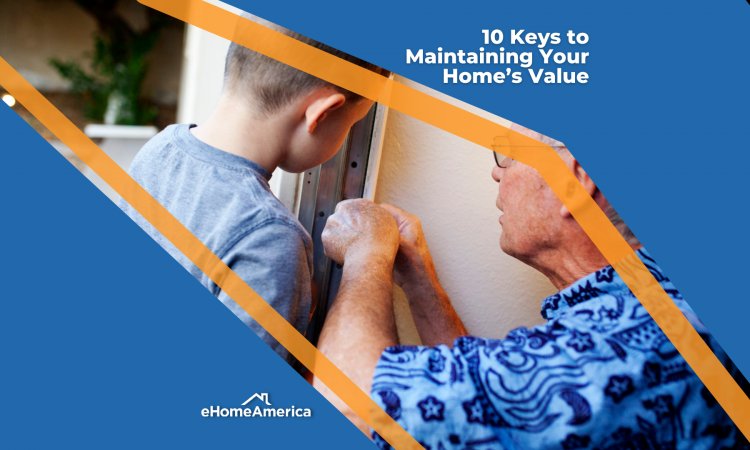

When the housing market’s on fire, it’s easy to think your home’s value will only ever rise. Sure, you might do some renovations to boost its worth. But how likely is it that your house will ever lose value? If you aren’t maintaining your home, very likely.
Experts estimate that your house can lose up to 10 percent of its value without proper maintenance. Small problems quickly become big problems if left unattended.
Clogged gutters become foundation problems. Chipping paint lets in moisture and mold. Small cracks in your driveway grow into unsightly concerns.
If you want your house’s value to stay the same, you need to be willing to put in the work and money.
How Much Should I Spend on Home Maintenance?
If you are proactive, it’s much easier to keep maintenance expenses down. Research shows that most homeowners spend about 1 percent of their houses’ value in annual maintenance costs. Although experts say you may need to spend up to 4 percent, depending on the year. That means if you paid $250,000 for your house, you should expect to spend $2,500 to $10,000 on maintenance every year.
To prepare for these costs, it’s best to create a budget. Designate a portion to be used each month for basic repairs and upkeep. Save another portion for big projects, such as replacing the water heater, fixing the roof, or replacing old windows.
Once you have your budget set, you’re ready to get started on these 13 keys to maintaining your home’s value.
1. Clean Your Gutters and Downspouts

Most homeowners don’t realize how vital their gutters are to the health of their entire home. When rain hits the roof of your house, it gathers together and pours off your roof with significant force. If your gutters are clogged, that forceful stream flows over the blockage and pounds the ground around your foundation. This creates cracks and leaks that can grow into major problems.
You should clean your gutters at least once a year. Remove debris, flush them thoroughly, seal any leaks you find, and tighten up any areas where the gutters are pulling away from the roof.
2. Keep Your Roof in Good Repair
Replacing a roof is not cheap, but proper maintenance can lengthen its life. Be quick to replace missing shingles so water doesn’t have a chance to creep in. Have your roof cleaned to remove algae, moss, and mold that will eat your shingles. And make sure to clean your gutters so debris doesn’t trap water on your roof.
Because working on a roof can be dangerous, you may want to pay professionals to do this work. The protection your home receives will be well worth it.
3. Freshen Up Your Paint
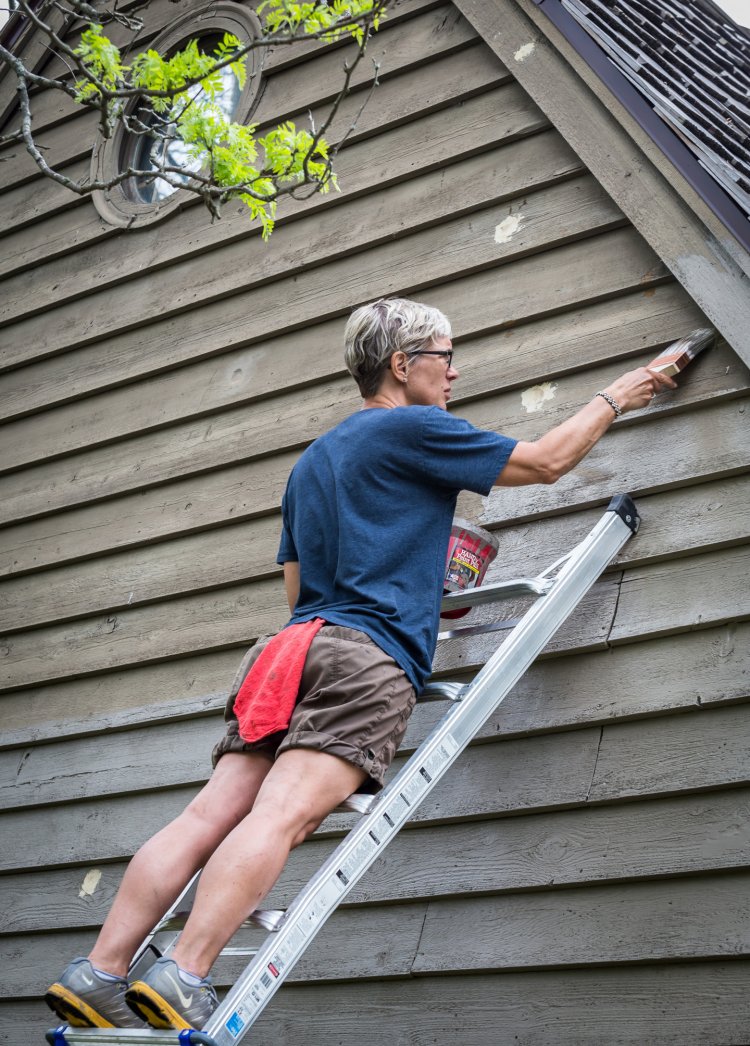
Exterior paint isn’t just about looking pretty. It protects your home from moisture. Opinions vary on how often you should repaint your home, but it’s good to assess your paint job every year. Look for areas of peeling, cracking, or other damage. Fixing these small problems sooner rather than later will help your paint job last.
Inside, we all know that freshly painted walls can boost home value. But you should also make sure you’re properly covering any signs of past water damage in your ceiling. Even if the damage has been repaired, the tell-tale stains can be frightening to prospective buyers. Use a stain-blocking primer before you paint over stains to make sure they don’t come through.
4. Trim Your Trees and Shrubs
It’s estimated that falling branches cause $1 billion in home damage every year. They can damage your roof or take out power lines. Overgrown shrubs are also an invitation for creatures that may eventually invade your home.
If you have trees near your house or powerlines, call in a professional to assess the situation. They can look at the health of the tree and tell you what kind of dangers it may pose.
5. Make Small Kitchen and Bathroom Upgrades
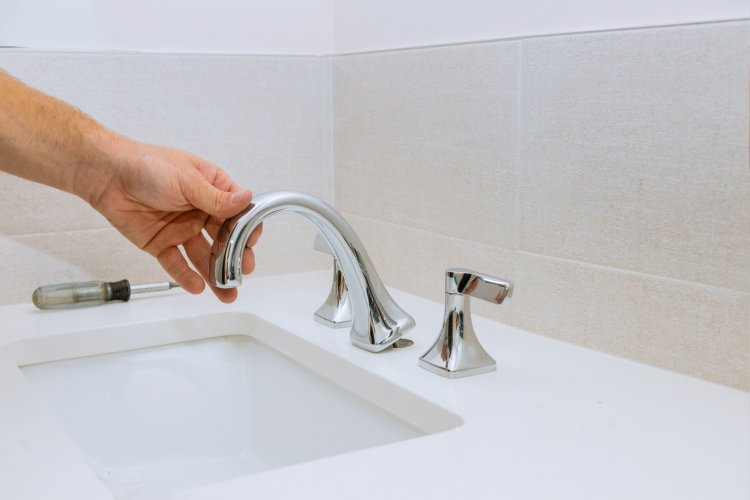
An increasingly dated kitchen or bathroom can decrease your house’s value. But research shows that major remodels cause you to lose money, not gain it. So, what should you do instead?
Instead of knocking out a wall, try making small improvements to your kitchen and bathroom. Switch out old hardware for new pulls, handles, and knobs. Add a peel-and-stick backsplash. Paint the cabinets. These small changes can make your space look fresh without busting your budget.
(See our post on Home Improvements with the Greatest ROI.)
6. Repair Your Driveway
Inspect your asphalt or concrete driveway for any cracks. Winter is an especially dangerous time to let cracks sit because any water in them can freeze, causing the cracks to expand. Fill the cracks you see while the weather is still warm. Then, make sure to reseal it every three to five years.
If you have a gravel driveway, add gravel regularly so that cars can drive without any dips. Not only will this look nice, but it will also protect your vehicles.
7. Get Regular Maintenance for Your HVAC System
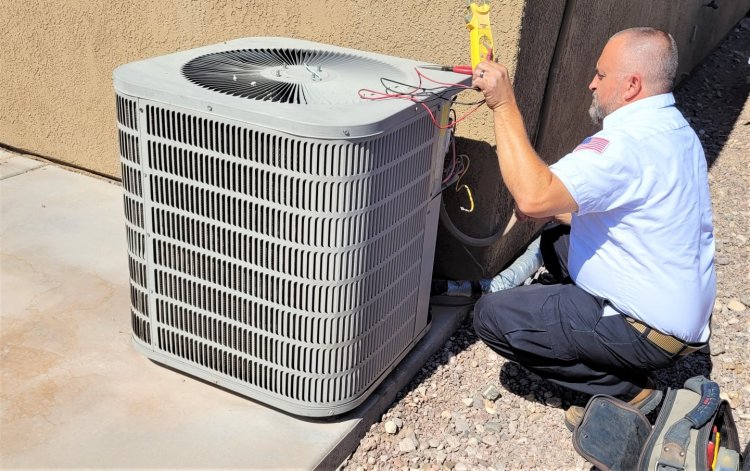
Your HVAC system is one of the most expensive parts of your home. However, without proper maintenance, it can lose 5 percent of its efficiency every year and lose 50 percent of its lifespan. That means less comfort, higher energy bills, and having to buy a new HVAC system much sooner.
Instead, have your HVAC system serviced every year. Your tech will be able to fix small problems before they become big ones, giving your HVAC a long, productive life.
8. Get a Pest Inspection — and Invest in Prevention
Hopefully, you don’t have any pest problems when you buy your home. A pest inspection can help you keep it that way. An inspector can tell you which pests are common in your area and what parts of your home are vulnerable to invasion.
In some cases, you may want to invest in ongoing preventative pest control — especially if you live in a warmer climate. Depending on the issue you face, you may hire professionals or choose to handle it yourself. Just make sure you don’t ignore it!
9. Care for Neglected Houses Nearby
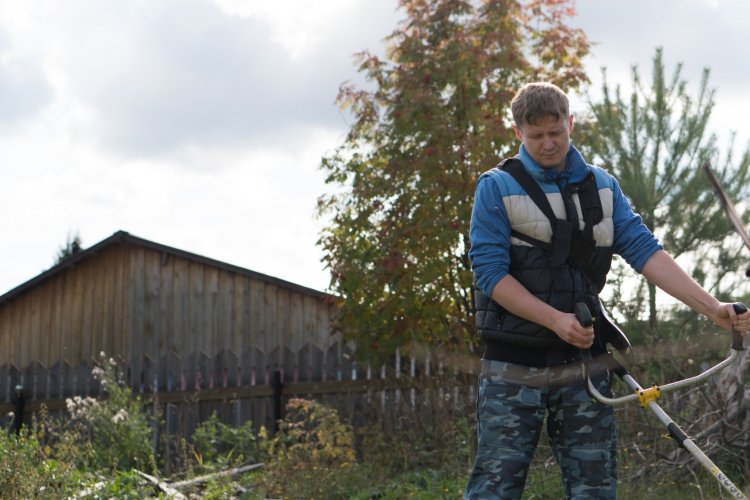
Neglected homes with overgrown yards can seriously impact an entire street’s home values. So, trimming your neighbor’s lawn isn’t just a kind thing to do; it can be essential.
If a house is abandoned, talk with your neighbors about how you can work together to keep the outside looking nice. If someone lives there, they may or may not want you mowing their lawn or pulling weeds. Offer to help. If they say no, you may want to invest in some fencing and landscaping to clearly separate your space from theirs.
10. Keep Things Simple and Organized
Maintaining your home’s value is mostly about steady, dedicated maintenance. This maintenance checklist from the National Center for Healthy Housing is a great way to keep track of when you should be doing seasonal maintenance. Make sure to also record significant upgrades, repairs, and maintenance so you can share these notes with appraisers.
Maintaining your home’s value does take a lot of work. But it is the best way to ensure your comfort and equity for years to come!
Learn More About Protecting Your New Home
To be a homeowner is to be constantly learning new things. eHome America’s Post Purchase course will teach you what to expect as a homeowner, how to plan for new expenses, how homeownership affects your taxes — and more. You can take the course online at your own pace. Get started today!
What's Your Reaction?
















